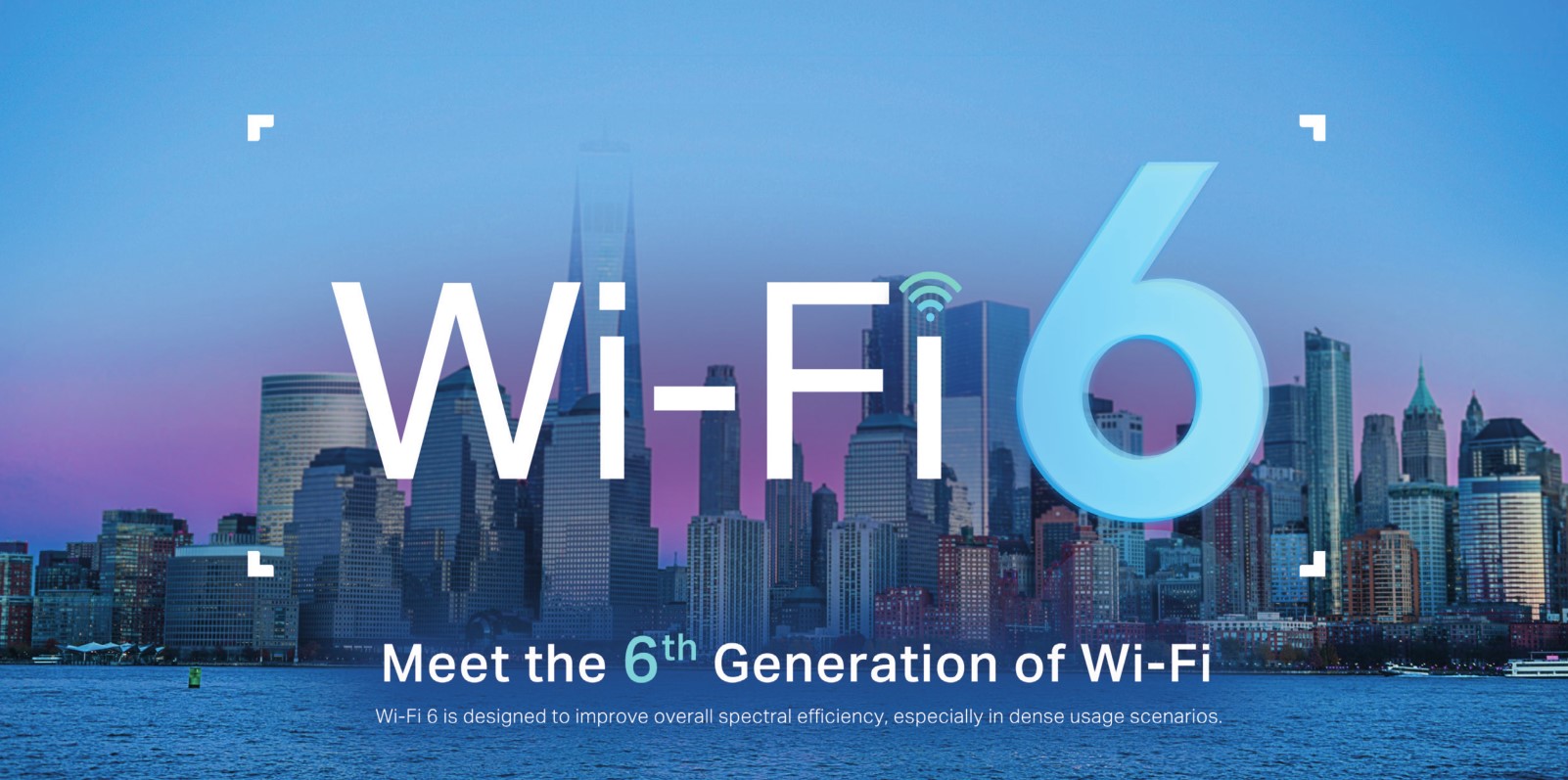Wi-Fi 6E and 5G: Friends Rather than Foes
In today’s world, network connectivity has become essential for enterprises and most people. To meet the increasing demands of high-speed, low-latency, and reliable connection with no need of plugging in a cable, both Wi-Fi and cellular wireless technologies are developing in parallel. Now, Wi-Fi 6E and 5G are cutting-edge technologies in both domains.
The successive release of the two emerging wireless network technologies has seen significant debate on which one is better. Will one of them replace the other in the future? Complementary or mutually exclusive? Indeed, they have similarities yet differences. To answer the questions, let us first examine the two technologies.
Introduction of the Wi-Fi 6E and 5G
Wi-Fi 6E is built on the existing Wi-Fi 6 (802.11ax) standards with a new 6 GHz wireless band. In essence, Wi-Fi 6E and Wi-Fi 6 share the same standards, while Wi-Fi 6E exclusively uses a brand new band. That translates to higher speed and lower latency.
5G, the counterpart of Wi-Fi 6E in mobile cellular standards, is the fifth generation of technology standards in cellular networks released in 2019. 5G hit headlines in nearly every tech section when cellular phone companies began deploying it worldwide, following its significant improvements in bandwidth and reliability.
Speed and Latency
Both standards have resulted in the most significant upgrade in wireless networks in years. With the unlicensed use of the 6 GHz spectrum band, Wi-Fi 6E-enabled devices can reach multi-gigabit speed in wider channels now with relatively low deployment cost. Also, because the new bands are exclusive for Wi-Fi 6E, the latest devices do not need to compete with legacy Wi-Fi devices for speed. They can take full advantage of the bandwidth. The speed upgrade brought by the 6 GHz band would make up for the latency issues of previous Wi-Fi standards to some extent. Therefore, it can be deployed for application scenarios requiring real-time response.
Still, when considering minimal latency and agile response, 5G stands out. Low latency is a must for certain application scenarios, even though it is comparably more expensive to meet the demands. Take AR (augmented reality) and VR (virtual reality) tech as an example. Any slight delays in these fields weaken the immersive experience and could even result in nausea. 5G tackles the latency problem with reliable and low-latency connectivity. Meanwhile, for smart city and automated manufacturing, the lower latency featured by 5G will significantly reduce the downtime and relevant financial loss.
The cellular and Wi-Fi technologies have been coexisting for years. They will continue to be complementary in the coming years to provide an ever-improving network experience. The two kinds of wireless technology are promoting each other’s development indirectly. When people adjust to high-speed cellular networks outdoors, they will expect the same experience with Wi-Fi connections at home and office. Instead of focusing on their differences, it is better to say they are friends, not foes.



